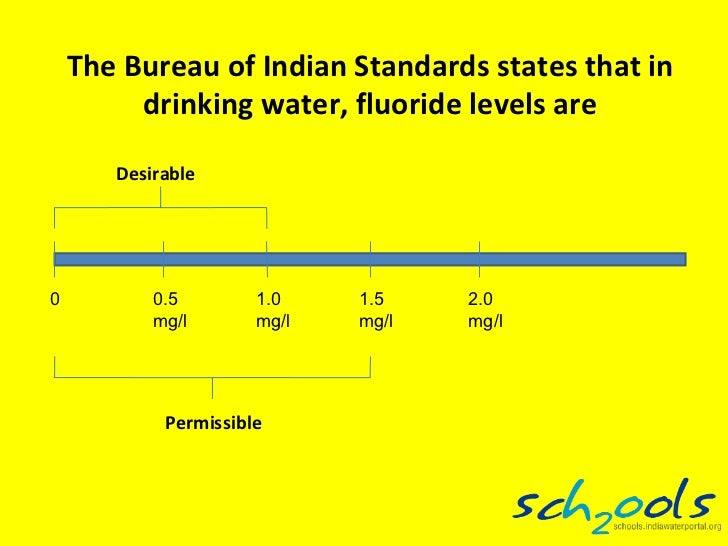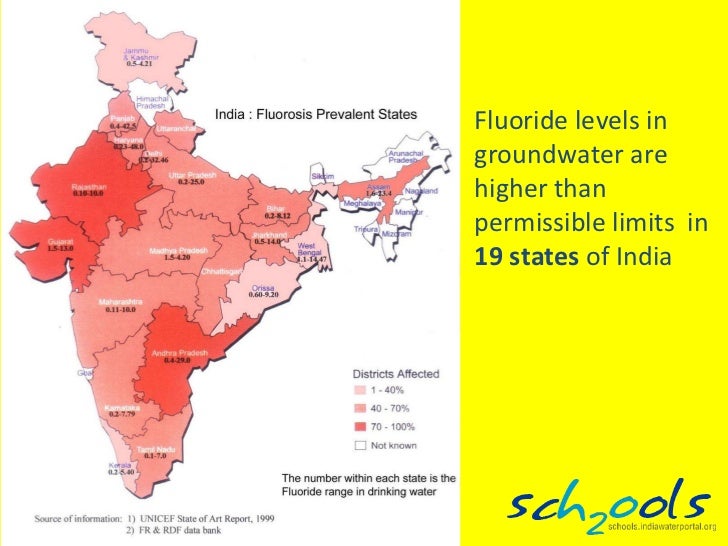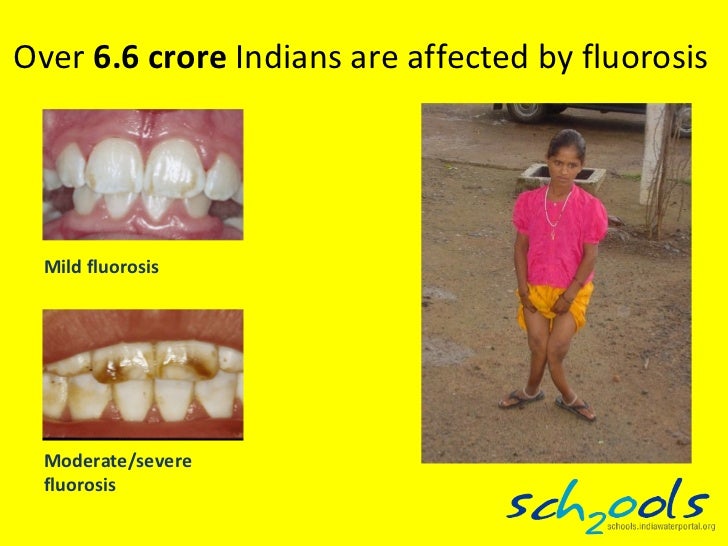It is normal for parents to have concerns and questions.
In this blog, we hope to give some answers and reassurance about fillings for baby teeth.
Children can develop tooth decay soon after their baby teeth come through. Prolonged bottle feeding with sweetened drinks, or frequently falling asleep with a bottle of milk or whilst nursing are the most common causes of decay in babies. Cavities usually do not cause pain in the early stages and young children may be reluctant to open wide to let their parents see or brush their teeth. So, it can come as a surprise to find out that your child has a cavity at a young age.
Why should we fill baby teeth, won't they fall out later anyway?

Baby teeth are important for normal eating and speech development. A healthy smile is also beneficial for a child's self-esteem once they reach school age.
Once a cavity has formed it usually progresses resulting in pain and infection. If an abscess on a baby tooth is not properly treated the infection can spread to and affect the developing adult tooth underneath.

Baby teeth also maintain the spaces for permanent teeth to erupt into. Although front baby teeth can start to fall out from around 6 years old, the back teeth need to last until around 12 years old. If baby teeth are lost too early other teeth may tilt or drift into the vacant space, forcing the adult teeth to come through crooked.
If my child has a cavity what are the treatment options?
Fillings
If
the decay is in the enamel or dentine layer only (not close to the nerve of the tooth) the decay can be
removed and a filling placed in the cavity.
Basic procedure:
At Small Bites, we keep up to date with the latest filling materials and techniques. The two most commonly used filling materials for children’s teeth are:
Basic procedure:
- Smaller cavities in baby teeth can often be cleaned without using local anaesthetic. If the cavity is deep or the tooth is particularly sensitive, a small injection may be required to numb the tooth. For more information, see this blog post: Questions about local anaesthetic
- The decay is removed and the cavity is washed. There will be some mild vibrations and noise at this stage. A suction tip is used to remove water from the mouth, or your child may spit out when required.
- The clean cavity is dried by blowing air onto it and then the filling is placed.
At Small Bites, we keep up to date with the latest filling materials and techniques. The two most commonly used filling materials for children’s teeth are:
Glass Ionomer Cement
- Bonds directly to the tooth surface and so helps prevents leakage around the edge of the filling.
- Releases fluoride which can help prevent further decay.
- It is relatively quick and easy to place and is therefore popular for use with young children where cooperation for treatment is sometimes difficult.
- It is quite brittle and prone to wear and so it is usually used in areas which are not under a lot of pressure from chewing.
- Reinforced Glass Ionomers have recently been developed which can be used in higher stress areas, such as the biting surfaces of the teeth.
- Glass Ionomer is white in colour but, unlike composite, it does not come in various shades to match the teeth more accurately. It also available in other bright colours for use in back teeth, if children prefer this.
Composite filling
- Composite fillings come in many shades which match and blend in well with the tooth. Therefore, it may be advised for front teeth where appearance is important.
- Composite is stronger and more wear resistant then glass ionomer.
- A blue etching gel, used to prepare the cavity surface, is painted onto the cavity surface and washed off after about 30 seconds.
- A bonding agent painted onto the cavity surfaces. This adheres the filling material to the tooth.
- Next, the filling is placed in the cavity.
- A blue light is often used to give faster setting of the filling.
- The filling procedure takes a bit longer than for glass ionomer.

Pulpectomy
If
the decay has started to affect the area containing the nerve of the tooth (the
pulp), a pulpectomy is often required. For more information, see this link: Pulpectomy - Root canal treatment for baby teeth
Crowns
Teeth which are too broken
down to adequately hold a filling or which have undergone pulpectomy usually require a
crown to strengthen the tooth. This will be covered in a future post.
At Small Bites, the exclusive dental care centre for children in Bangalore, we have plenty of experience with young children and work to put them (and their parents!) at ease. If you have any questions or concerns, please contact us.
Don't forget to read our other posts for advice on preventing dental decay:
It's Never to Early to Start Preventing Tooth Decay
What Causes Dental Cavities?
Top Toothbrushing Tips












